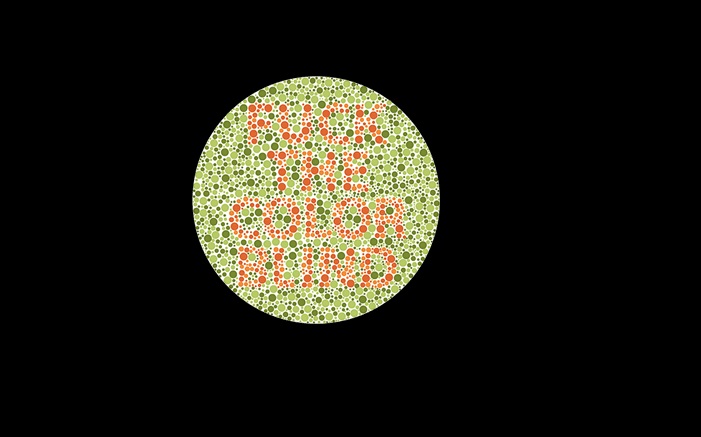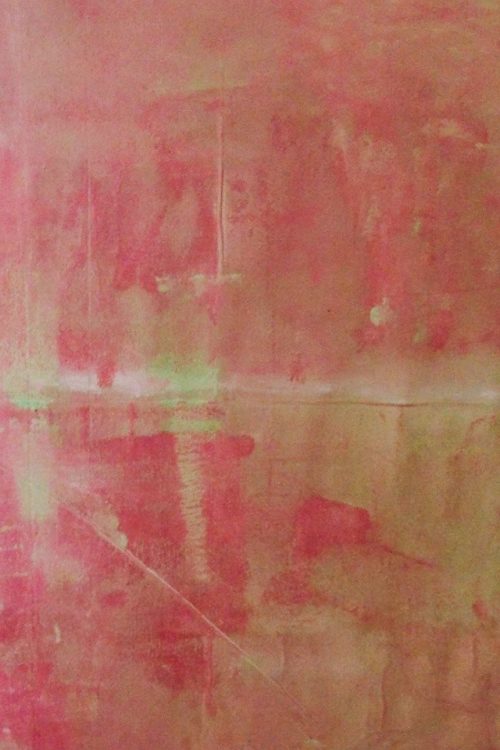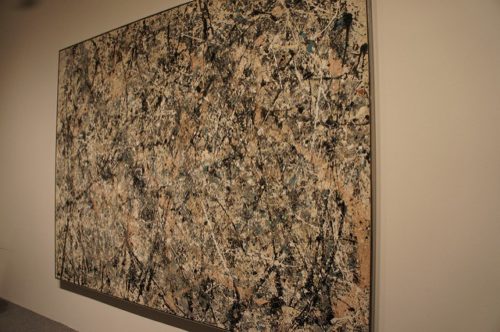A whole generation of Americans (and Canadians!) grew up staring out of their high school class windows and imagining invading Soviet paratroopers landing outside. Many of them (a few decades older and wiser) are reliving the past through interesting throwback fashion choices and in extreme cases- full on cosplay.
If you have always wanted a Calumet High Varsity jacket or one of those cool Russian camo coats that the Wolverines eventually commandeer and rebelliously wear as their own- our friends at kommandostore.com have some good news for you.
But first here is a mini-review written waaaay back in 2002 that does a good job of explaining the believable paranoia vibe of Red Dawn.
“Someone else before me wrote that a lot of people don’t understand how believable this movie was in it’s day. I have to agree with the author. I remember this movie as being pretty scary and pretty violent. I haven’t seen it in a while but there’s a lot of scenes that haunt me. One in particular is when several of the kids look for their parents at a concentration camp. Harry Dean Stanton gives a powerful performance that serves to show that he’s a genuine actor. That scene is heartbreaking, as well as a scene that follows with Patrick Swayze breaking down in the snow covered woods. C. Thomas Howell vs. the helicopter. The ritual of the deer blood. Powers Boothe. The final battle and resolution. Yeah, it’s a little much and these days, it wouldn’t exactly fly but dammit Jim, I dug it at the time and I still do. I think everyone should see it, just so you can either remember or learn what it was like to live in a time when the general thinking was a little paranoid. I think the movie manages to capture at least that, being what it is, a paranoid fantasy of someone who probably has a huge gun collection in his concrete reinforced cellar.” Mr. Parker via imbd.com
The Bad Guy Look
The Good Guy Look. Well one of them anyway.
Now if only we could find that 1977 Chevy Cheyenne Cayenne step-side that Jed drove the hell out of escaping those pesky Russkies.
Fun Facts from the Movie via imdb
Five of the 36 paratroopers in the beginning of the film got blown as much as a mile off-course during filming. One got stuck in a tree, and had to convince locals that he wasn’t really an enemy soldier.
C. Thomas Howell had been a rodeo cowboy. He helped teach the rest of the cast to ride horses.
The plot, a Soviet and Cuban invasion from Mexico, was based on C.I.A. and War College studies of U.S. weaknesses at the time.
Patrick Swayze got frostbite during filming. A few years later, he said it still felt like someone shoving toothpicks up his fingernails when he got too cold.
The film contains no computer graphics effects, chroma key composites, or miniatures. All of the explosions are real, and actual size.
The film made the Guinness Book of Records for the most acts of violence in any film up to that time. According to their calculations, 135 acts of violence occur per hour, or 2.23 per minute.
The actors trained using real weapons so that they wouldn’t make mistakes using the prop ones. Lea Thompson recalled, “We went to a firing range and there was every kind of gun you could imagine.”
The cast underwent an intensive eight-week military training course before filming started.
Lea Thompson said that this is the best time she’s ever had on a movie.
Real Green Berets helped with the actors’ boot camp training.
William Smith didn’t receive any special language training for his role. Thanks to years of military service, and work with the C.I.A. and N.S.A., Smith was already fluent in Russian and several other languages.
Patrick Swayze stayed in character throughout filming. He said, “I became Jed Eckert.”
The story was originally to be set in the real town of Calumet, Michigan. It was moved to a fictionalized version of Calumet, Colorado. It was a more central location within the United States, which better fit the story. In real life, Calumet, Colorado is a tiny former mining town abandoned in the 1970s.
“Red Dawn” was the code name for the military operation that captured Saddam Hussein on December 13, 2003. Writer and director John Milius felt honored by that.
The original trailer, on the LaserDisc release, includes a scene in which a tank rolls up to a McDonald’s where enemy soldiers are eating. The scene did not appear in the final cut, and was likely removed due to a mass shooting at a McDonald’s in San Ysidro, California, a few weeks before the film opened.
This was the first film released with a MPAA PG-13 rating, on August 10, 1984. The Flamingo Kid (1984), the first film to get a PG-13 rating, sat on the shelves for five months before release.
Two C.I.A. agents came to the set, investigating reports of Russian tanks in the area. They were relieved to hear the tanks were for a movie.
A more involved love story between Jed and Toni was cut because Patrick Swayze didn’t feel it would work in the context of the film’s plot. Swayze and Jennifer Grey later appeared in Dirty Dancing (1987).
As it got colder, the actors and actresses had to adapt to freezing temperatures, often well below 0°F (-17.7°C).
This movie was initially banned in Finland due to excessive violence, disagreements with Finland’s foreign policy, and being “too anti-Soviet.” It was eventually released on video there.
Charlie Sheen‘s feature film debut.
WOLVERINES!!!!









